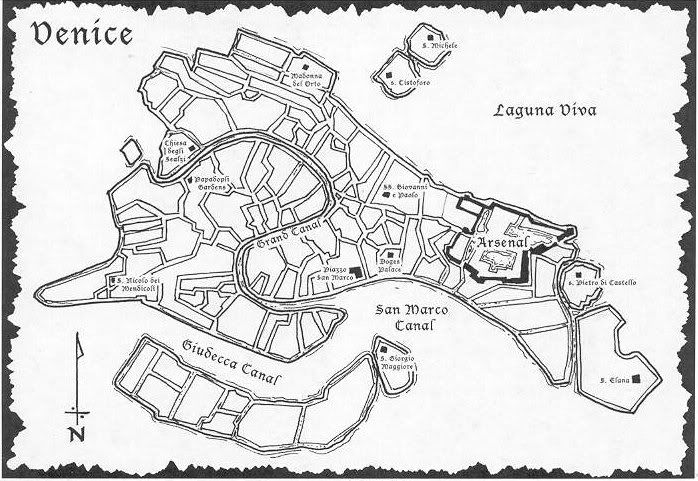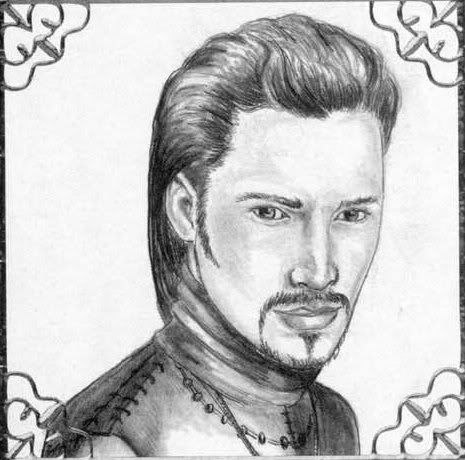Venice is an amalgamation of 117 small islands joined by 378 bridges, mostly of stone. Some of these islands are natural, while others are artificial, constructed by means of piles driven into the bottom of the shallow sea. All the houses of the city are built thus upon a network of piles. The islands are separated by a number of canals, three of which are larger than others. There are the Grand Canal, which traverses the city in the shape of the letter S, the Giudecca and the san Marco, which is the widest. Gondolas provide transport along the canals.
The lagoon of Venice is divided into the “dead” and the “living.” The former (Laguna Morta) is a system of small salt lakes and marshes formed by the sedimentary deposits of the streams flowing from the Alpes. The latter (Laguna Viva) is a shallow body of salt water out of which rise a few small islands, among them the group forming the city itself. The Laguna Viva is separated from the Adriatic Sea by a narrow strip of land (the Lido) that extends from Chioggia to Cortellazzo at the mouth of the River Piave. The strip of land is reinforced at many points with marble, and it has numerous openings for the passage of ships. Therefore, there are several Lidi. The tide in the “live” lagoon sometimes rises to a height of between nine and 10 feet, when it floods the streets. Six forts distributed about the Laguna Viva girdle the city.
It has an odd smell to it...
Guilelmo Aliprando, an elder Lasombra, is the Prince of the city. Former Prince of the crusader state of Negroponte, Tommaso Brexiano, serves as the Rpince's lieutenant and scourge. Be sure to introude yourself before settling in.


